Where the desert meets the clouds, nature breaks all the rules.
Welcome to the Madrean Sky Islands—an otherworldly patchwork of mountains that rise like green oases above a sea of scorched earth. These peaks don’t just stand tall; they harbor creatures so rare, you won’t find them anywhere else on the planet.
Think jaguars in the U.S., owls with haunting eyes, and lizards that shimmer like living jewels. This isn’t your average hike through the woods—it’s a journey into the wild heart of evolution.
Tucked between Arizona, New Mexico, and northern Mexico, this place is alive with wonder. Ready to meet the locals? Here are 13 species that call these sky-high sanctuaries home—and nowhere else.
Elegant Trogon
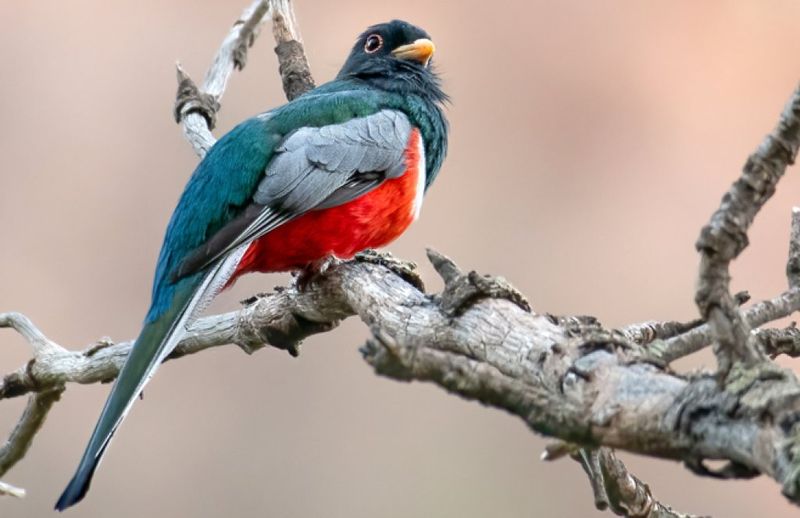
The Elegant Trogon, with its vivid colors and soulful call, can easily captivate any birdwatcher. Often associated with the sounds of summer, this bird’s bright plumage and distinctive voice make it a sought-after sight in the Madrean Sky Islands.
It’s not just their beauty that makes them special. They play a crucial role in seed dispersal, contributing to the ecological balance.
Did you know? Despite their dazzling appearance, these birds can be surprisingly elusive, blending seamlessly with the forest canopy.
Chiricahua Leopard Frog
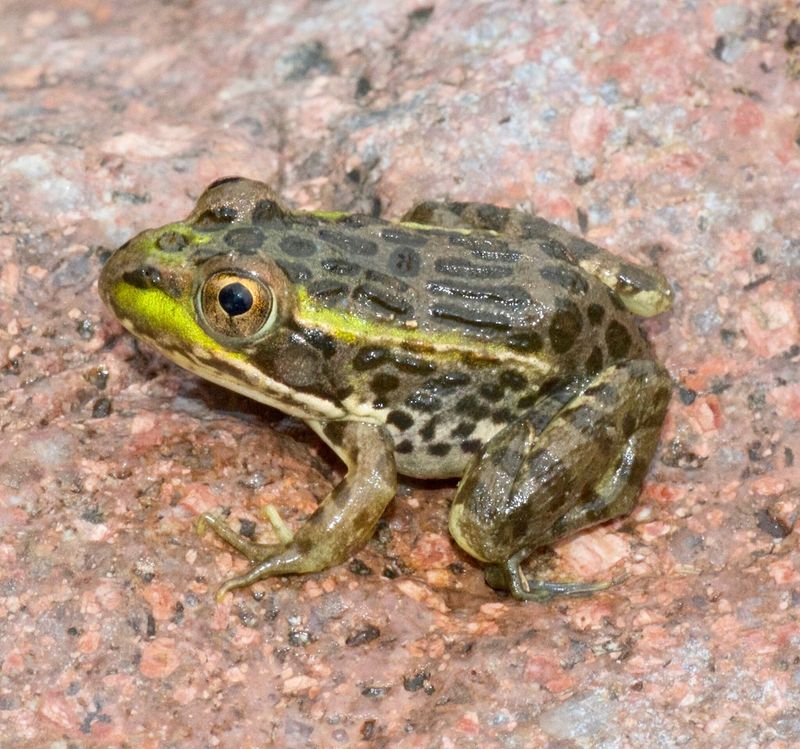
Spotted and speckled, the Chiricahua Leopard Frog is not just a sight to behold. This amphibian is a critical indicator of ecosystem health.
Found primarily in the mountainous wetlands, the frog’s presence signifies clean water and a thriving environment. Despite facing threats from habitat loss, conservation efforts are underway to protect this unique species.
With its distinctive call echoing through the night, it reminds us of nature’s delicate balance.
Sky Island Jaguar

The Sky Island Jaguar, a symbol of strength and mystery, roams the dense forests with grace. As the top predator in this ecosystem, it plays a vital role in maintaining the population balance.
Jaguars are solitary creatures, often requiring vast territories to thrive. Their presence is a testament to the health of the forest.
Conservationists work tirelessly to ensure these magnificent animals continue to roam free, emphasizing the importance of preserving their habitat. Rare and elusive, spotting one is a momentous occasion.
Montezuma Quail
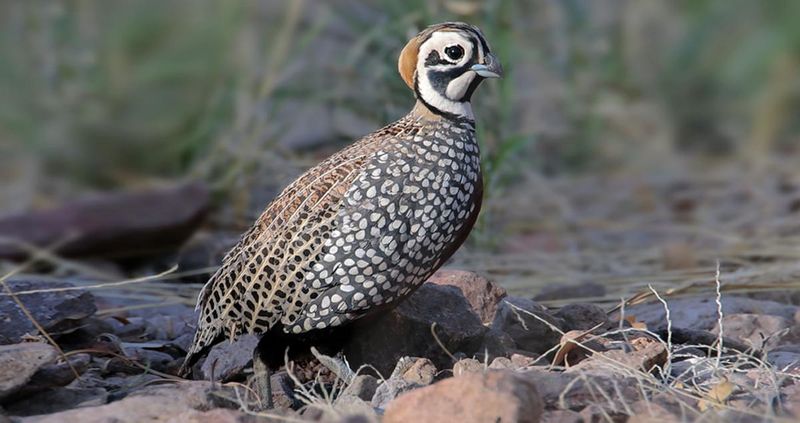
With a face as intricate as a piece of art, the Montezuma Quail is truly a wonder. These birds prefer the cover of thick grasses and often go unnoticed due to their camouflaged plumage.
Fascinatingly, they live in small coveys and are known for their striking escape tactics when startled. Their presence enriches the grassland ecosystems, highlighting the diversity of the Madrean Sky Islands.
Observing them in their natural habitat offers insight into the complexities of avian life.
Mexican Long-Tongued Bat

Fluttering through the twilight, the Mexican Long-Tongued Bat is a pollination hero. This nocturnal creature visits flowers at night, playing a pivotal role in the reproduction of many desert plants.
Their long tongues are specially adapted to reach nectar deep within blossoms, making them essential to the ecosystem. Without them, some plant species would struggle to survive.
Their unique feeding habits highlight the interconnectedness of life in these sky islands, emphasizing the subtle beauty of nocturnal pollination.
Banded Rock Rattlesnake

The Banded Rock Rattlesnake, with its mesmerizing pattern, is both feared and admired. This snake is perfectly adapted to its rugged environment, using its camouflage to ambush prey.
Despite its reputation, it plays a crucial role in controlling rodent populations, contributing to the ecosystem’s balance.
Observing one requires a keen eye, as they blend seamlessly with their rocky surroundings. While their rattle serves as a warning, respecting their space ensures a harmonious coexistence.
Apache Fox Squirrel
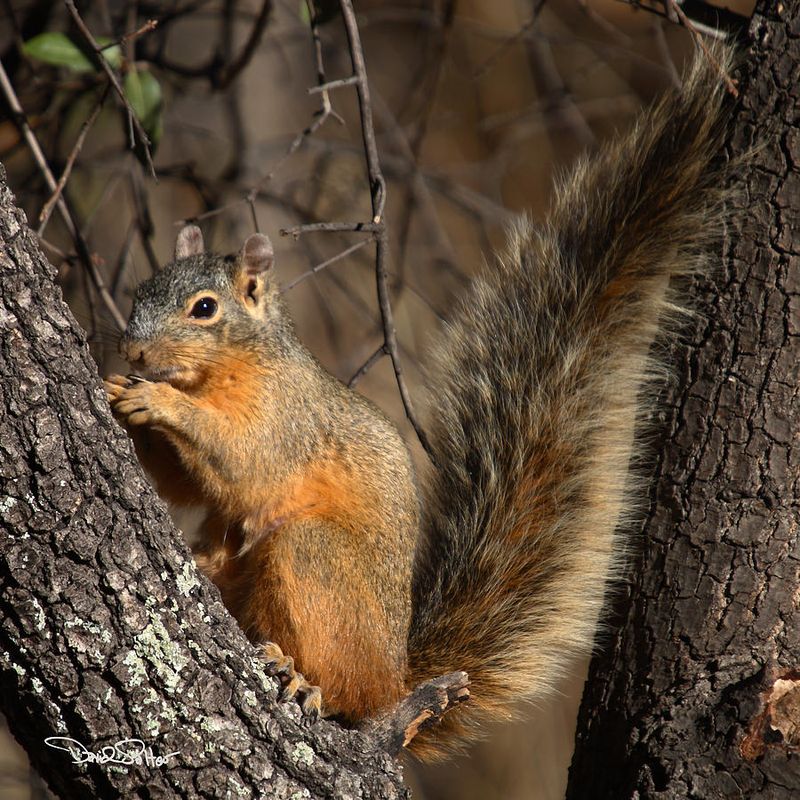
Bounding through the treetops, the Apache Fox Squirrel is a sight of agility and curiosity. These squirrels, with their bushy tails and sharp eyes, are adept at navigating the complex canopy.
They play an important role in forest regeneration by scattering seeds. Living in oak woodlands, they are integral to the biodiversity of the Madrean Sky Islands.
Their playful antics and resourceful nature make them a delightful presence in their habitat, reminding us of the lively spirit of the forest.
Sky Island Gila Monster

Few creatures are as iconic as the Sky Island Gila Monster, with its bright scales and slow, deliberate movements.
This venomous lizard is a symbol of rugged resilience, adapted to survive in harsh conditions. Feasting on eggs and small mammals, it plays a role in controlling other species’ populations. Despite its fearsome reputation, it is a solitary and reclusive creature.
Observing one in the wild is a rare and rewarding experience, offering a glimpse into the area’s ancient wilderness.
Cactus Ferruginous Pygmy Owl
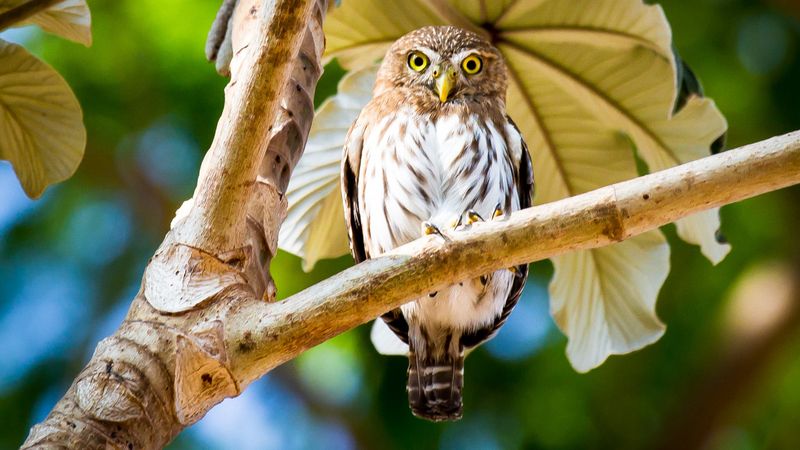
The Cactus Ferruginous Pygmy Owl, small yet fierce, commands respect in the avian world. These owls are agile hunters, often preying on insects and small birds.
Their presence indicates a healthy ecosystem, as they are sensitive to environmental changes. Highly territorial, they have a distinct call that echoes through the landscape.
Standing in stark contrast to their diminutive size, their bold personality is a testament to the vibrant life in the Madrean Sky Islands. They remind us that size does not define impact.
Sky Island Coati

With a nose for adventure, the Sky Island Coati is a curious and social creature. Often found in groups called bands, these mammals are known for their playful and inquisitive nature.
Their dexterous paws allow them to forage and explore, contributing to seed dispersal. They inhabit diverse environments, from desert scrub to lush forests, reflecting the ecological variety of the region.
Encountering a coati is a reminder of the vitality and interconnectedness of life in the sky islands.
Pine-Oak Skipper Butterfly
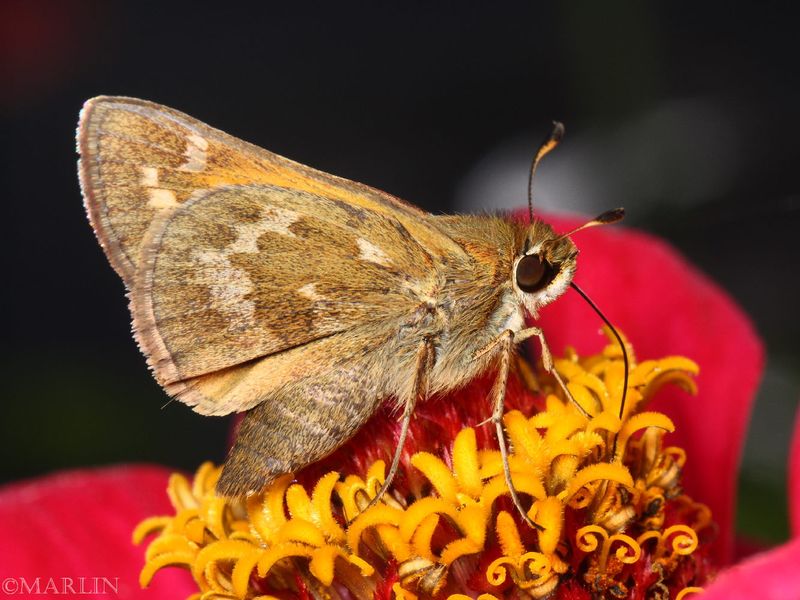
Delicate and fleeting, the Pine-Oak Skipper Butterfly graces the sky islands with its presence. These butterflies are closely tied to the pine-oak woodlands, depending on these trees for their life cycle.
Their vibrant patterns are not just for admiration; they also serve as camouflage among the dappled sunlight.
Observing them flit from tree to tree underscores the intricate relationships within the ecosystem. Their brief, yet impactful existence highlights the transient beauty of the natural world.
Madrean Alligator Lizard
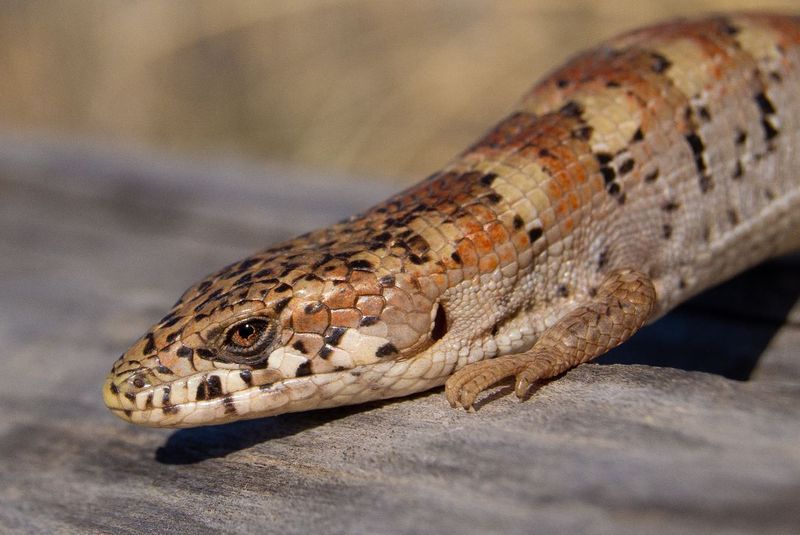
With a prehistoric appearance, the Madrean Alligator Lizard captivates with its unique form. These lizards are adept climbers, often found among the dense underbrush.
Their scales provide protection, while their elongated bodies allow for agile movements. They play a role in controlling insect populations, maintaining ecological balance.
Their presence is a testament to the diversity and adaptability of life in the Madrean Sky Islands. Observing them in their natural setting offers a glimpse into their secretive world.
Rivoli’s Hummingbird

In a dazzling display of iridescence, Rivoli’s Hummingbird flits from flower to flower, a jewel of the sky islands. These birds are not only visually stunning but also vital pollinators.
Their presence ensures the survival of many flowering plants, contributing to the region’s biodiversity. Their agility and speed are unparalleled, making them a favorite among bird enthusiasts.
Watching them hover in mid-air is akin to witnessing a dance, a celebration of life and color in this unique habitat.

